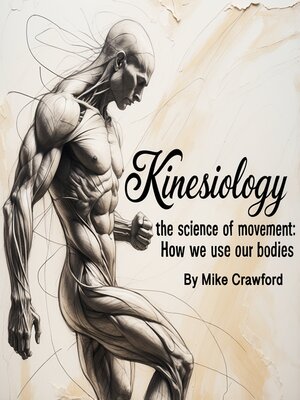
Sign up to save your library
With an OverDrive account, you can save your favorite libraries for at-a-glance information about availability. Find out more about OverDrive accounts.
Find this title in Libby, the library reading app by OverDrive.



Search for a digital library with this title
Title found at these libraries:
| Library Name | Distance |
|---|---|
| Loading... |
Kinesiology, the scientific study of human movement, is a multidisciplinary field that integrates principles from anatomy, physiology, biomechanics, and neuroscience. It examines how the body moves, the forces that act upon it, and the underlying mechanisms that control movement. By understanding these principles, professionals in various fields, including physical therapy, sports science, and occupational therapy, can enhance human performance, prevent injuries, and improve rehabilitation strategies.
The origins of kinesiology date back to ancient civilizations, where scholars like Aristotle and Galen first explored the mechanics of movement. However, the field gained prominence in the 19th and 20th centuries as scientific advancements allowed for a deeper understanding of biomechanics and motor control. Today, kinesiology encompasses a vast range of topics, from the microscopic study of muscle fibers to large-scale analyses of athletic performance.
One of the core components of kinesiology is biomechanics, which applies the principles of physics and engineering to study how forces influence movement. Biomechanics helps explain how the body maintains balance, generates power, and absorbs impact. For example, analyzing the gait cycle of a runner can reveal inefficiencies that may lead to injuries. By optimizing movement patterns, biomechanics contributes to improving athletic performance and developing assistive technologies such as prosthetics and orthotics.







